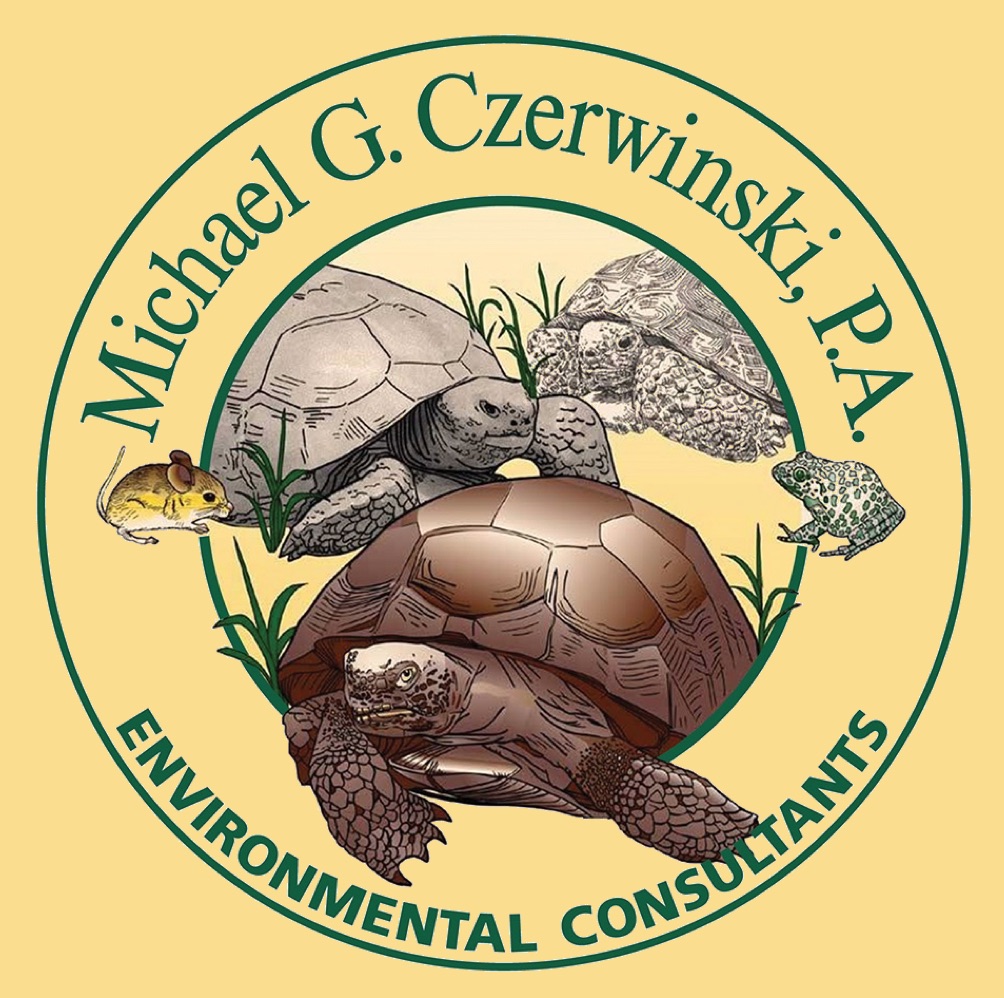Wetlands for Floridians
Water water everywhere
“Sometimes it looks wet. There are times when there’s a pond. Some days we walk through it and there isn’t a splash.”
This experience is one of the common reasons for wetland questions in our region. Because of wet and dry seasons, tides, and when we first see a property, our idea of “wet” changes.
Who knows wet from what?
We agree it can be confusing. We’re experts at identifying, marking, and helping our clients work with these lands.
The USDA helps us understand:
There are three major groups of wetlands: marine, tidal, and non-tidal. Marine wetlands occur in coastal shallows. Tidal wetlands also occur in coastal areas but inland from the ocean. These are often referred to as estuaries and are affected by tides. Non-tidal wetlands occur inland and are not subject to tidal influences. These account for 94% of all the wetlands in the United States.
Some estimate that 75% of US wetlands are on private or tribal lands. People are living with wetlands. “Wetlands are one of nature’s most productive ecosystems. They clean and recharge groundwater; reduce the damaging impacts of floods; enhance wildlife habitat; sequester carbon; and create diverse recreation opportunities such as hunting, fishing, birdwatching and canoeing.”
We see wet and dry differently
Whether it’s our training and experience, or that we spend so much time in contact with nature, we tend to see things that others may not catch. We’re aware of which species of plants are active and dormant at different times of the year in these wet areas, and what they look like at each time.
That means our team of trained environmental scientists works with accuracy and efficiency when helping with sensitive water related projects.
Challenges we encounter
We meet many of our clients when they are looking to purchase property. Sometimes there is a question about how much of the property is usable for construction. Other times the issue is where a shed or dock might be workable. We often hear, “How wet should we expect this to get,” and “where do we need to avoid?”
These properties are our specialty
We know each step of the process, from answering basic questions, to creating delineations. Delineations show where “wet” leaves off, and needed setbacks. When you are considering property, let us help. Learn more about our wetlands services here.
Learn more about wetlands
Florida’s coastal and inland littoral areas are key to many species. We’ve listed some good resources.
Education content for students grades 4-7.
The University of Florida’s Coastal Wetlands Ecosystem page.
Wildlife in these areas, also from the University of Florida
Here is a brief and beautiful video from the Florida Department of Environmental Protection. It explains how wetlands help both people and many species of plants and animals.
